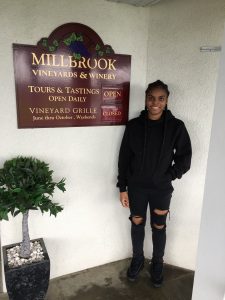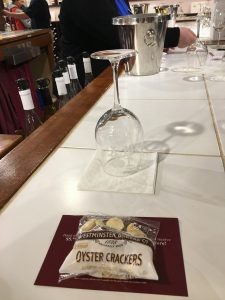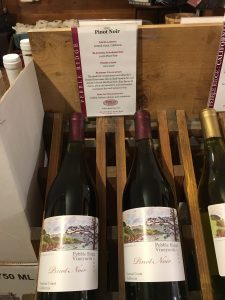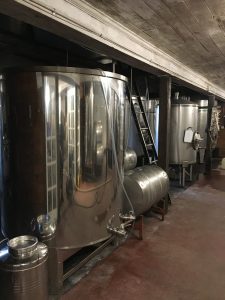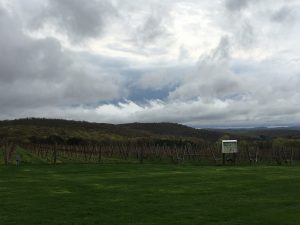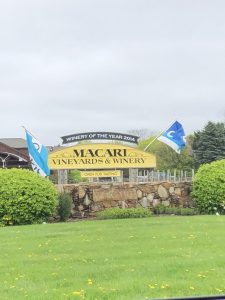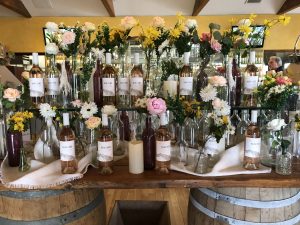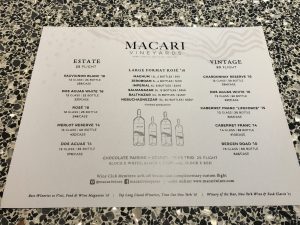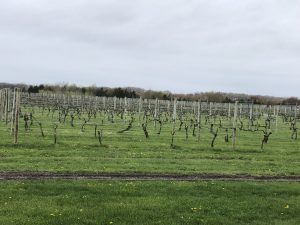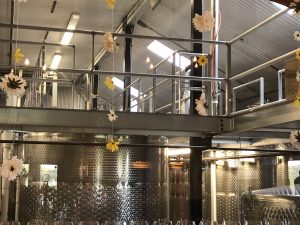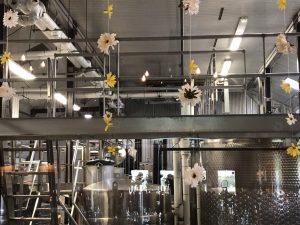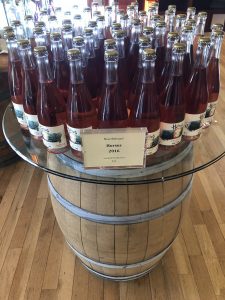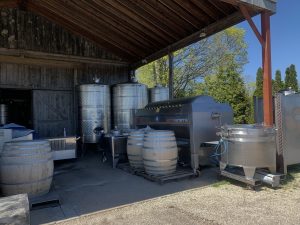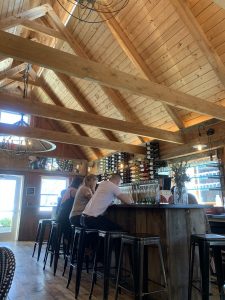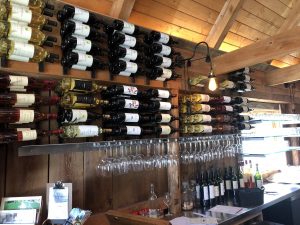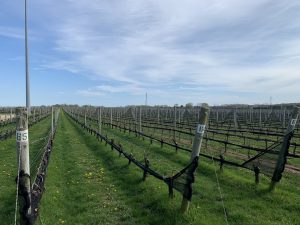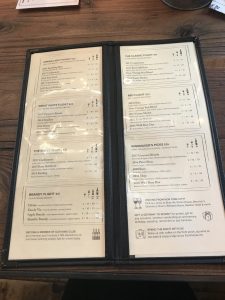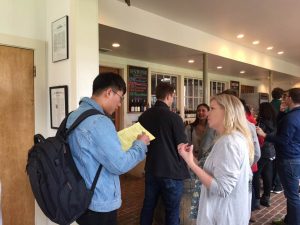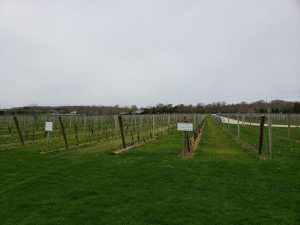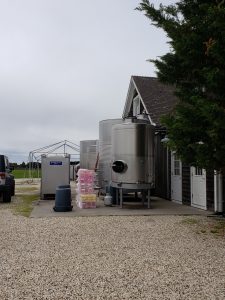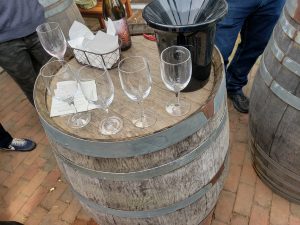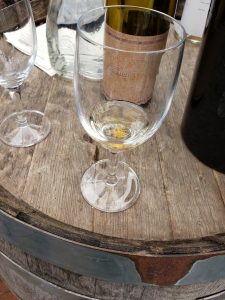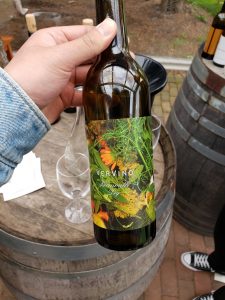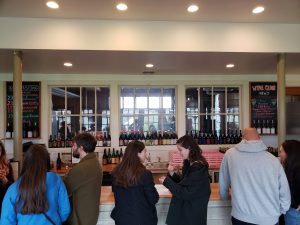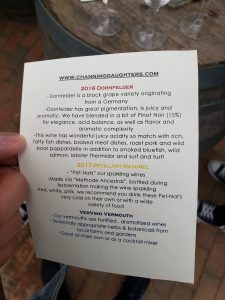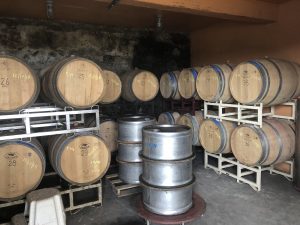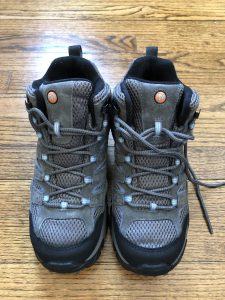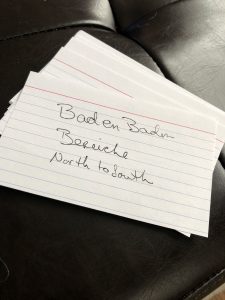For the vineyard report, I chose Franklin Hill Vineyard as a location to visit. The estate is located on Franklin Hill Road in Bangor, PA. Pennsylvania is fifth in wine production in the United States. “Pennsylvania’s climate – hot summers and cold winters – is more like Europe than California or Australia and presents the ideal terroir for emerging French-American hybrid grapes, and traditional wine varieties” (“Pennsylvania Wine Travel Guide,” n.d., para.4). Elaine Pivinski is the owner of the Franklin Hill Vineyard, and she has been operating the vineyard since 1976. Her vineyard is the Lehigh Valley’s oldest winery and the third winery region in Pennsylvania. Elaine had no wine-making experiences before she went into the wine business. However, her business became more and more prosperous with help from her families and friends. As Elaine said, “believe in yourself – That is always a homerun. That would be the name of my wine,” (P. Elaine, 2019). Franklin Hill has grown from 3,000 barrels per year, to 60,000 per year. They grow different grape varieties such as Vida Blanc, Chardonnay, Merlot, Pinot Noir, Cabernet France, Cabernet Sauvignon.

This was a grape vine from Franklin Hill Vineyard, and the grape vines were all in the dormant stage
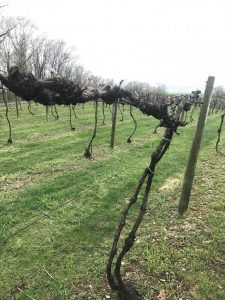
An old grape wine. The cordon of the old grape vine looked more thicker compare to the new vine
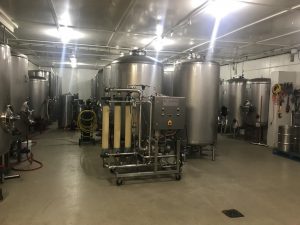
These are the fermentation tanks and filter machine that I saw in the winery
We went to the Franklin Hill Vineyard on a Saturday morning, and we arrived almost half hour earlier than the reservation time. We saw a huge vineyard in front of us and the grape vines were all in the dormant stage. We were greeted by a hostess asking if we would like to take a walk around the vineyard. She roughly talked about the history of the winery, and leaded us to get closer to look at the grape vines. The newest grape vines were planted around seven to eight years ago. At the beginning, the grape vines were not growing very well because there was no rain, and the grass took all the nutrient from the grape vines. So, the owner decided to use the trickle irrigation in order to feed enough of water to the grape vines. Then, the hostess took us to another grape vineyard to see the older grape vines. I could easily see the different between the new grape vine and old grape vine. The cordon of the old grape vine looked more thicker compare to the new vine, and the old grape vine had more spur. After we visited the vineyard, we came into the winery. In a room, the hostess showed us many of the pictures about the history of the vineyard. She talked about how the vineyard was established, how much effort the owner had put in, and how they won the Penn State wine-making competition. This reward gave Elaine more confidence to focus on her wine business. After that, the hostess finally took us to see their stainless-steel fermentation tanks. The room’s temperature was controlled at 61 degrees Fahrenheit. When we walked in the room, we could already smell the yeast and feel the temperature change rapidly. They do filtration before bottling their wines in order to improve the look of the wine. Then we took a walk to their storehouse. In there, these wines were already pack up in cases and ready to sell. They ship wines across the country, and they have 5% discount for buying a half case (6-11 bottles), and a 10% discount for buying a case of wine (12 bottles).

This was their wine bottling machine
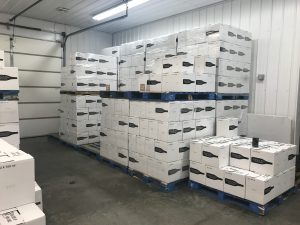
This was the storehouse. These wines were already pack up in cases and ready to sell.
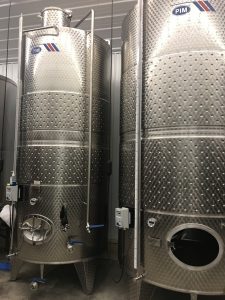
The large stainless steel wine fermentation tanks
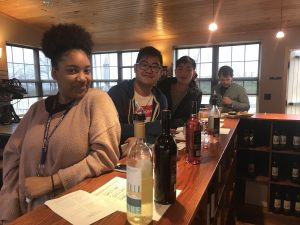
We were tasting wines in the wine tasting room
In the tasting room, they offered their six newly released wines for us to taste. It cost only 5 dollars! I ordered three white wines, the Seyval Blanc, Cake and Vidal Blanc, two reds, the RedHead and Sir Walter’s Red, and the last one was the rosé, Kiss. For the Seyval Blanc, I smelled apple, melon and some woods. In the palate, it was dry and citrusy. The Cake impressed me a lot, it smelled buttery, and tasted like vanilla beans, with some extra flavor of yeast and honey.
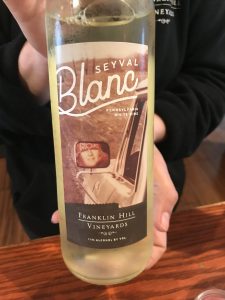
Seyval Blanc, it tasted dry, citrusy and with a little bit of tannin
After we left the Franklin Hill Vineyard, we went to another vineyard called M&M Vineyard which was only about 10 mins road trip away from the vineyard we just visited. This vineyard was established only three years ago. The owner told us they spent two years looking for land after they had retired. In addition, the owner and his wife were both microbiologist, which fortunately included inventive training in fermentation technologies. They believed they could use the knowledge they learned by creating something very special—wine. This passion drove them to open their own winery and vineyard. “Our site was chosen with the assistance of local and state level viticulture experts and assessment of many different properties for their suitability in supporting robust vine growth” (S. Mohinder, 2019). They planted the grape vines in 2016, and they have grown pretty well so far. They grow Vidal Blanc, Chardonnay, Cabernet Franc, Point Noir, Merlot and Sauvignon Blanc. They do offer wine tasting, which only costed five dollars, and you can taste seven different types of wine. However, they only sell their wines locally, so you won’t have the chance to buy their wine online. Unfortunately, we weren’t allowed to take a tour to see the inside of their winery because it is not open for public. Hence, we only had the chance to take a look at their grape vine which was very small and thin. It was about only two feet high.
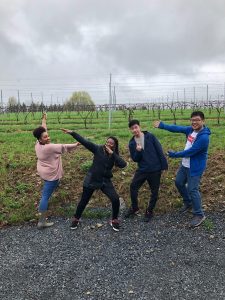
We took this photo in front of the M&M Vineyard, you could see those new grape vines were very small and thin
Overall, this was a great experience and I had a fantastic time with my classmates. It was also my first time visiting a vineyard, and it was a very valuable and educational trip for me. I had the chance to learn about wine techniques and a rundown of fermentation a wine.
References:
Lehigh Valley’s Oldest Winery │Franklin Hill Vineyards. (n.d.). Retrieved from https://franklinhillvineyards.com/
M&M Vineyards. (n.d.). Welcome to M&M Vineyards. Retrieved from https://mmvineyards.com/
Pennsylvania Wine Travel Guide. (2018, August 24). Retrieved from
https://carpe-travel.com/pennsylvania-wine-guide/

